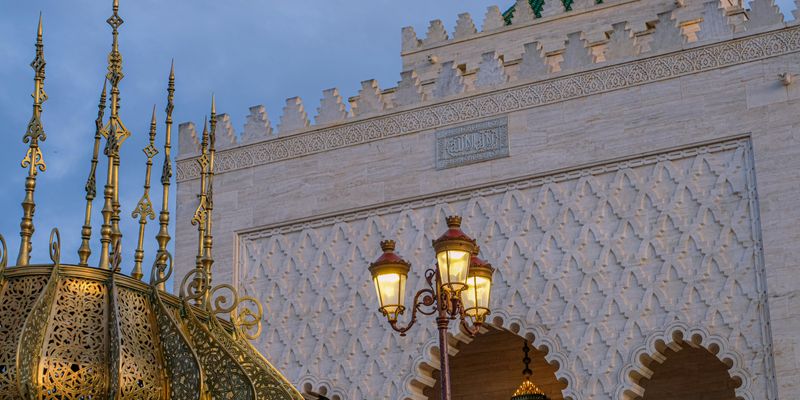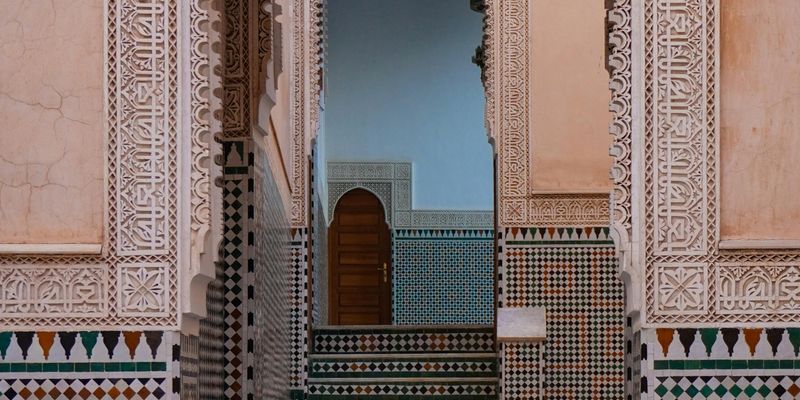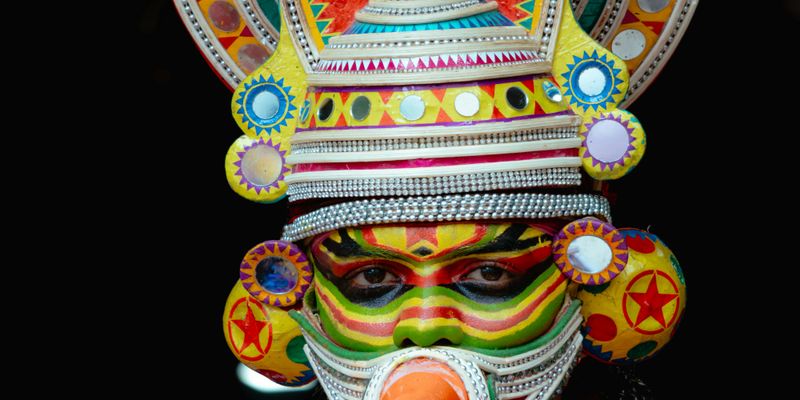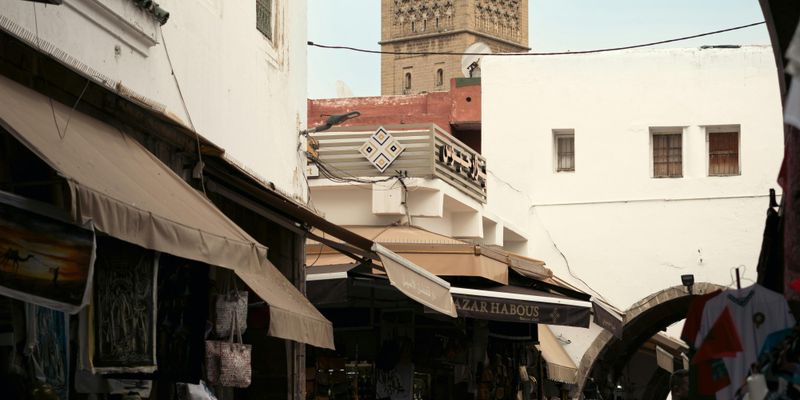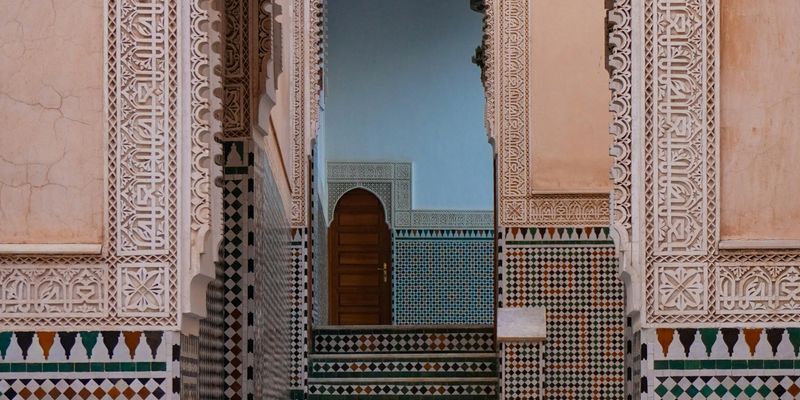
Why Moroccan Berber Culture is a Treasure Trove of Heritage
When you think of Morocco, the vibrant souks, aromatic spices, and stunning landscapes might come to mind. However, nestled within this picturesque setting is a culture that is as rich and diverse as the natural beauty surrounding it: the Berber culture. The Berbers, or Amazigh as they refer to themselves, have inhabited North Africa for thousands of years. Their contributions to Morocco's cultural heritage are invaluable, and exploring this world is a journey worth taking!
Who Are the Berbers?
The Amazigh people are the indigenous inhabitants of Morocco, with a history that dates back to prehistoric times. Their presence in the country is evident in the language they speak, Tamazight, and in their distinctive traditions that vary from region to region. In the Rif mountains, for example, you will find vibrant music and dance, while in the valleys of the High Atlas, intricate woven carpets are a testament to their artistic flair.
The Warmth of Berber Hospitality
One of the aspects of Berber culture that profoundly impacted me during my travels is their hospitality. Visiting a Berber home is like stepping into a warm embrace. You might be greeted with atay, the traditional mint tea that is poured from a height to aerate the drink, representing a deep-rooted practice of generosity. As a guest, you are considered part of the family, and it is customary to share stories and laugh together over meals of delicious tagine and homemade bread.
Pastries and Flavors: A Taste of Berber Traditions
As you feast with the Berbers, you will discover the rich and diverse flavors of their cuisine. Dishes like couscous, often served with vegetables and tender meat, are staples. However, what makes this culture's culinary offerings unique is the use of local ingredients and spices, deeply interconnected with their land and traditions. The Berbers have a way of turning simple ingredients into magnificent meals, with each bite echoing their respect for the earth.
Craftsmanship: The Art of the Berbers
The Berber people are also known for their incredible craftsmanship. As I wandered through the quaint villages and stunning souks, I was mesmerized by beautifully crafted kilims (flat woven rugs) and vibrant pottery. Each piece not only tells a visual story through its intricate patterns but also preserves ancient techniques passed down through generations. Buying a piece of Berber art is not just a shopping experience; it’s a chance to own a slice of history.
Preserving Traditions in a Modern World
In a fast-paced, modernizing world, the Amazigh culture faces challenges, yet it continues to thrive. The younger generation is increasingly conscious of their identity, embracing heritage while also integrating into contemporary society. Initiatives promoting Berber language, music, and arts are flourishing, ensuring this magnificent culture not only survives but flourishes.
Conclusion: A Journey to Remember
Exploring Berber culture in Morocco is more than just an activity; it’s a profound experience that connects you to the heart of the country. From the warmth of their hospitality to the richness of their traditions, every moment spent in the company of the Berbers brings new insights and cherished memories. So, take the opportunity to engage with this vibrant culture when you visit Morocco, and you will leave with a deeper appreciation of the country’s extraordinary heritage.
